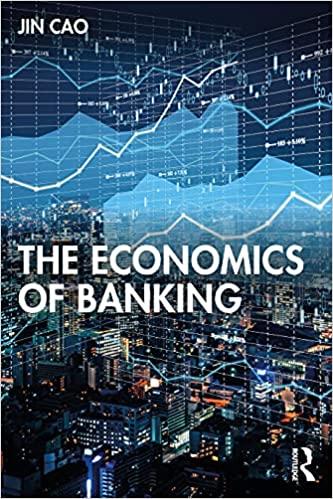The reason why a market for exchange in (t=1), Exchange Market, where patient and impatient consumers can
Question:
The reason why a market for exchange in \(t=1\), Exchange Market, where patient and impatient consumers can exchange their assets does not achieve constrained efficient allocation is that the market is still incomplete, as there is no market in \(t=0\) where consumers can trade claims on their consumption in \(t=1\) contingent on their types. Now we introduce such market in \(t=0\), where a consumer can purchase \(t_{1}\) consumption at a price \(q_{1}\) if she is impatient and \(q_{2}\) if she is patient, and the price of consumption in \(t=1\) is normalized to be 1 . There is still a market for goods in \(t=1\), where the \(t=2\) consumption can be purchased at a price \(s\). Except these two markets, we follow the same setups as in Section 2.2.3 Exchange Market.
(a) Specify the budget constraint for a consumer in \(t=0\);
(b) Using the budget constraint, derive the optimality condition for the consumer's choice on \(\left(c_{1}, c_{2}\right)\);
(c) The consumer can get 1 unit \(t_{1}\) consumption in two ways: (i) purchase a claim of 1 unit \(t_{1}\) consumption in \(t=0\) at the price \(q_{1}\); (ii) invest in 1 unit liquid asset in \(t=0\). What condition is required for \(q_{1}\), given that there is no arbitrage opportunity in equilibrium? Following the same reasoning, what condition is required for \(q_{2}\) and \(p\) ?
(d) Is the consumer's choice on \(\left(c_{1}, c_{2}\right)\) the same as \(\left(c_{1}^{*}, c_{2}^{*}\right)\) ? Why or why not?
Step by Step Answer:






